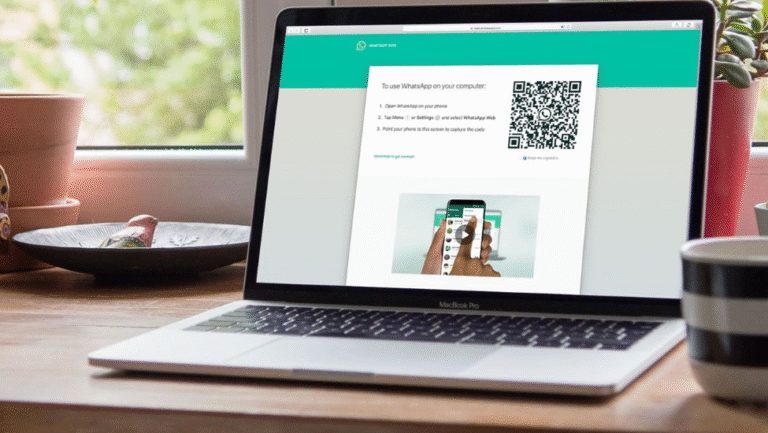How Technology Is Enabling Digital Transformation in Education
Technology is reshaping education by introducing online learning platforms that expand access and flexibility. These tools enable personalized learning and foster collaboration among students. However, the integration of such technology is not without hurdles. Issues like resistance to change and inadequate infrastructure pose significant challenges. As educators navigate this evolving landscape, the question remains: how can they leverage these advancements to enhance educational outcomes? The answer may lie in understanding the complexities of this transformation.
The Rise of Online Learning Platforms
In recent years, a significant surge in the adoption of online learning platforms has transformed the educational landscape.
Virtual classrooms have emerged as a cornerstone, offering learners unprecedented access to diverse resources. These platforms provide flexible schedules, empowering individuals to tailor their education around personal commitments.
This evolution promotes a sense of autonomy, allowing learners to seize opportunities that traditional education often restricts.
Enhancing Collaboration Through Technology
While traditional classrooms often limited student interaction to physical proximity, the integration of technology in education—along with QR codes integration—has redefined collaboration, creating dynamic virtual environments where learners can connect across vast distances.
This transformation fosters virtual teamwork and enhances digital communication, empowering students to share ideas, engage in projects, and build relationships irrespective of geographical barriers.
Ultimately, this cultivates a more inclusive and collaborative educational experience.
Personalized Learning Experiences
The shift towards technology-driven collaboration has paved the way for a more tailored approach to education, emphasizing personalized learning experiences.
By leveraging adaptive assessments and learning analytics, educators can identify individual strengths and weaknesses, enabling a more customized learning journey.
This innovative approach empowers students, fostering independence and encouraging them to take charge of their educational paths, ultimately enhancing engagement and achievement.
Challenges of Implementing Technology in Education
Although technology holds the potential to revolutionize education, numerous challenges hinder its effective implementation in classrooms.
Resistance to change among educators and institutions often stifles innovation, while infrastructure limitations create barriers to access and usability.
These obstacles can impede the integration of digital tools, ultimately restricting the transformative power that technology can offer to enhance learning experiences and foster educational equity.
Conclusion
As the digital landscape in education evolves, it resembles a vast tapestry, each thread representing unique learning journeys woven together by technology. Just as a skilled weaver adapts to the materials at hand, educators must embrace the tools available, navigating challenges to create a cohesive experience. The potential for transformative learning is immense; however, like a tapestry, it requires careful attention to detail and resilience against fraying edges to realize its full beauty and functionality.





